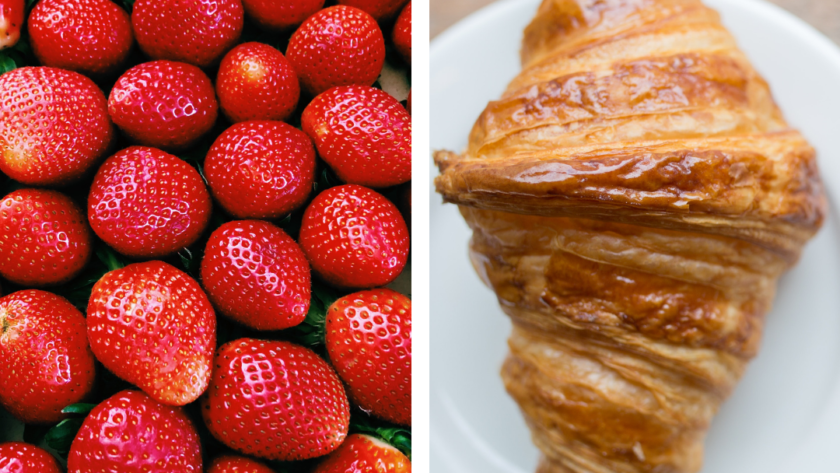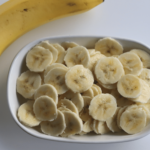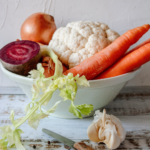Calorie density is the measure of the calorie content of food relative to its weight or volume.
When trying to determine the Calorie Density of a specific food, you might ask:
How many calories per 100 grams of cooked oatmeal?
OR
How many calories per pound of graham crackers?
Another way to think of calorie density is… how concentrated the calories are in a particular type of food, or, how ‘densely’ packed with calories is a pound of a certain food? Some foods, like chocolate, are packed with more calories per bite than other foods, like grapes. Although you could have a pound of each side by side – the calorie content of those equally weighted foods is hugely different.
Choosing foods with a low calorie density can help with weight loss. It makes you automatically eat fewer calories while still eating large and filling portions. (healthline.com)
(On this site, we use 1 pound as our measurement for calorie density (approximately 0.45 kilos and consider foods that are under 700 calories per pound to be ‘low calorie density’.)
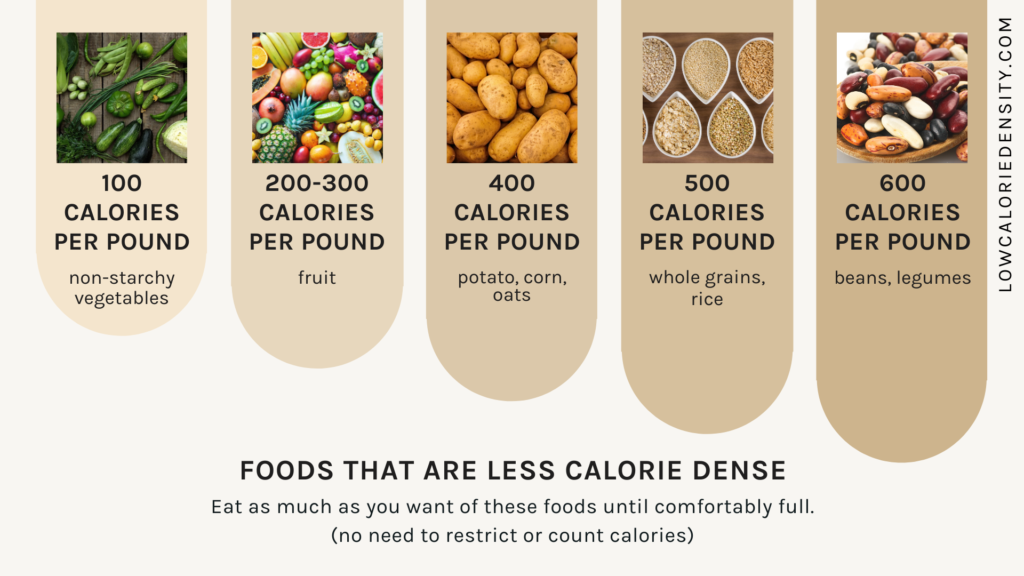
The following graphics show what 500 calories looks like with low calorie density foods on the left versus higher calorie density foods on the right.
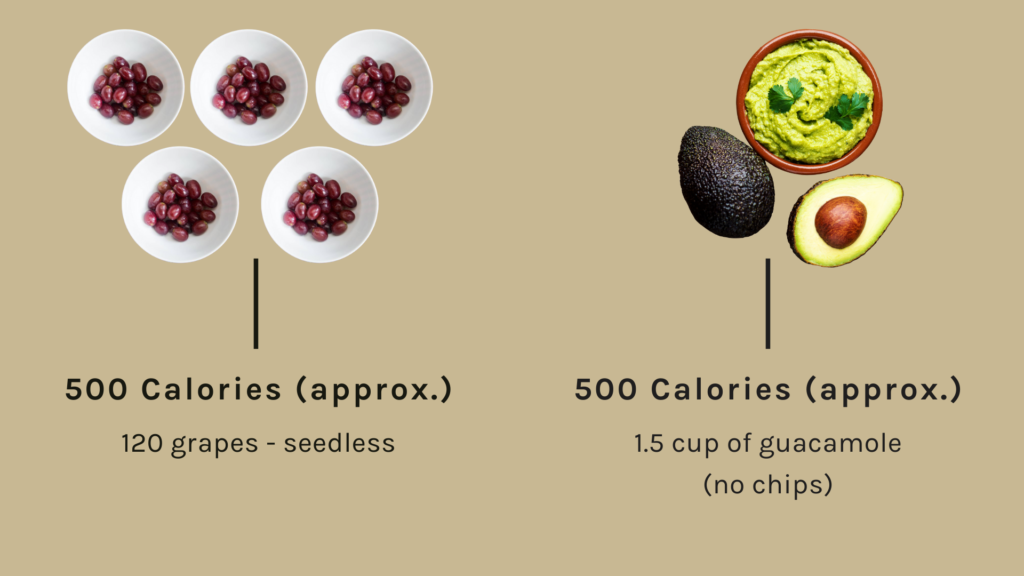
WHICH WILL KEEP YOU FULLER FOR LONGER?
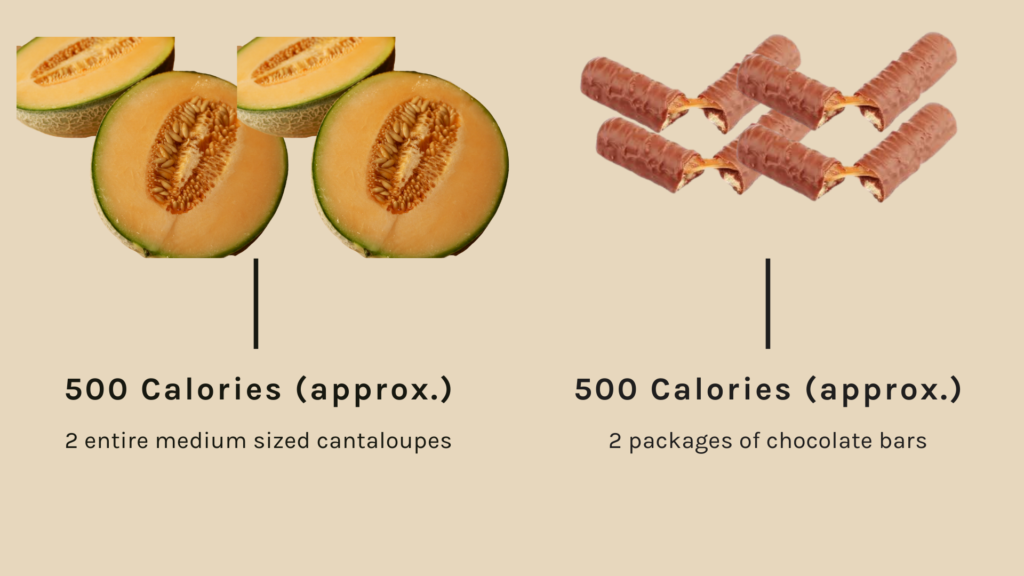
WHICH WILL KEEP YOU FULLER FOR LONGER?
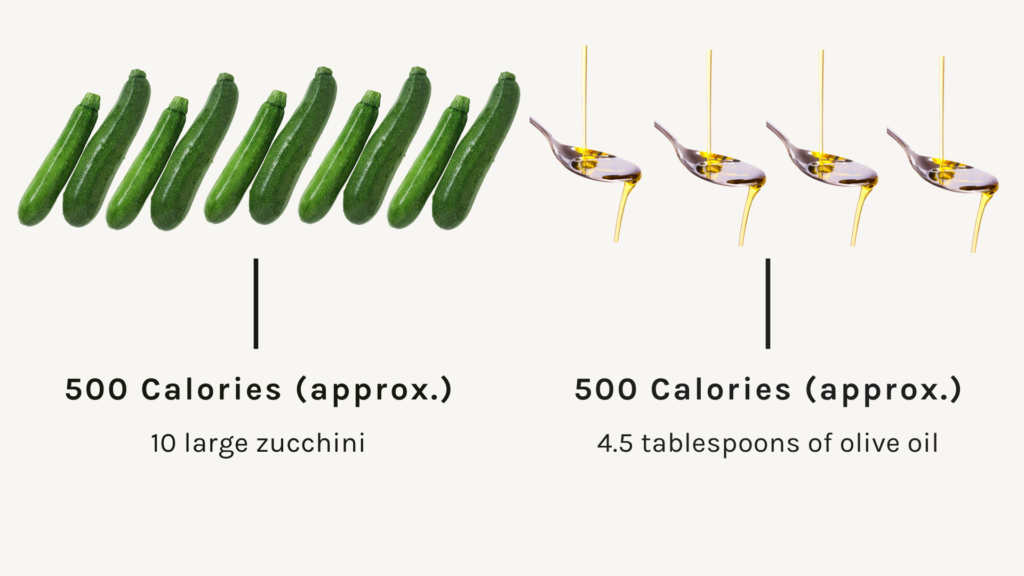
WHICH WILL KEEP YOU FULLER FOR LONGER?
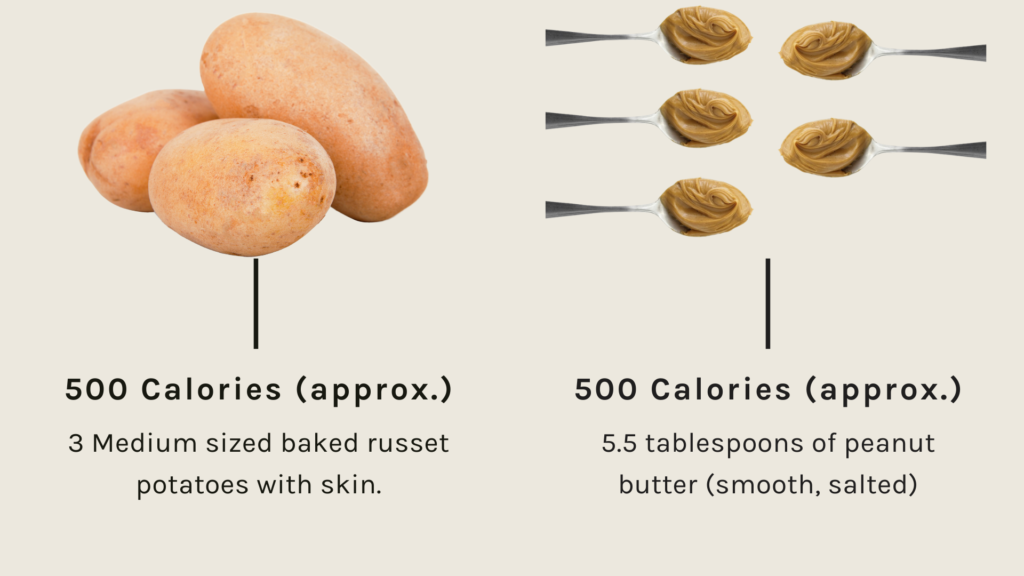
When you understand calorie density, you can choose to consume foods that are lower in calories per bite and enjoy satisfying, filling meals that will enable you to lose weight without being hungry.

